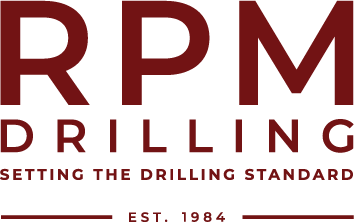Water Borehole Drilling Process (In 4 Steps)
Water Borehole Drilling Services
Thinking about getting a water borehole , but don’t really know how it works or where to start?
RPM Drilling can help!!!
Whether it’s on your residential , commercial , industrial or farming property .
Contact Us To Get A Free Quote Today!
Or Call Us At 023 342 5184 (WORCESTER) 082 568 1163 (PAARL)

The 4 Step Water Borehole Drilling Process
We’ve all seen the posters plastered on walls and fences the suburbs over: “borehole water”.
Those whose fences, walls and gates boast the poster are the only ones whose lawns are still green, whose cars are pristine, whose water bills are still lean… All thanks to a water borehole!
So, especially in these trying times, we all know what a borehole is and where the water comes from, or do we?
With the dams drying up, the municipal water costs going up, and the people getting fed up; it is more important than ever to understand and consider alternative water sources.
You Want A Water Borehole; Now What?
For some the decision to invest in a domestic water borehole is a simple one; others are daunted by the unfamiliar process.
In an effort to help you overcome the element of unfamiliarity, and thereby help our country save water by making it easier for you to come to a decision to implement your own domestic water borehole this summer, RPM Drilling is proud to help you better understand water borehole drilling.
So what are the steps in drilling a borehole? We’ll explain everything below.

The Water Borehole Drilling Process In 4 Steps
Step 1 – Hydro-geologists site the borehole
The very first thing that needs to be determined is where the water is, and how we’re going to get to it.
That’s why we employ hydro-geologists who make use of a variety of borehole drilling methods to assess the geophysical properties of the underlying area.
These are the guys that help us ensure we’re not drilling into natural hazards or man-made infrastructure (pipelines, cables, phone lines, etc).
Step 2 – Drilling and Construction
Once the hydro-geologists have helped us prep a path for borehole drilling, we follow through and construct the borehole.
It’s not as easy as Moses and the rock, unfortunately, and, contrary to popular belief, an endless supply of water won’t just surge to the surface following the drilling of the borehole; there are still steps to follow and processes to be completed.
Once the borehole has been drilled the necessary unstable lengths of the borehole are steel cased in an effort to reinforce the ‘tube’.
Step 3 – Determining the yield of the borehole
In order to most accurately gauge the yield of a domestic water borehole an aquifer test is performed.
This involves installing a test pump and pumping borehole water for a fixed set of variables; a given time at a given rate, and then assessing the test’s impact on the water level in the borehole.
Maximum yield is achieved by increasing the abstraction rate, ensuring optimum drawdown of water in the borehole.
Step 4 – Pumping and piping the borehole
The kind of pumping system and piping installed in your new domestic water borehole will largely depend on the intended use of the borehole water.
For more information, or to make an appointment to start the process, feel free to contact us via the particulars provided on our Contact page.

How The Cost Of Drilling A Borehole Is Calculated
Water borehole drilling cost depends on many different factors, processes and components used to drill a borehole.
There are no two boreholes that will be the same, so it is best to work on an average cost of a borehole.
The more boreholes you drill, the better estimates you can give a client.
Every borehole is unique, because the combination of factors that impact the components and processes used will almost always be different.
This is why borehole drilling cost is not just a number on a paper, but a carefully calculated formula affected by the conditions.

Here are the Most Important Factors that Impact Borehole Drilling Cost:
- Type of ground
- Depth of the borehole
- The purpose for the borehole
- The machinery, manpower and materials
The type of ground and geology of the site where you want to drill a borehole are the biggest factor that will impact the borehole price.
It is very important to have a experienced borehole professional doing the geology research of the site correctly, whether it’s rock, sand or clay you are dealing with.
Another important factor will be the depth of the borehole, because groundwater will flow differently at different locations.
This again can be found by the research done by the geology prospector, so experience is key in order to get the most accurate estimates as possible.
What is the purpose of drilling a borehole?
There are not a one size-fits-all borehole solution.
This will also affect the water quality needed and the processes used to sink a borehole.
All these factors will then depend on which materials, machinery and what manpower is needed to get the borehole drilled.
Materials will include the physical construction for the borehole, machinery is the actual drill and the manpower is how many people you need to drill a specific borehole.

What Processes and Borehole Drilling Methods Should be Used:
The process of drilling a borehole will depend on the factors above and the geology experience of the drilling professionals.
It can be very expensive if the operator is not very experienced and could lead to mistakes, wasteful materials and it can be time consuming to do geology research on the site.
It’s also important to factor in the purpose of the borehole. Every type of borehole will have different methods, materials and manpower needed.
For example drilling different type of boreholes for example, a bottling plant, commercial site, residential site or a borehole for animals.
Another thing that’s important to keep in mind when calculating the price of a borehole is how much water is needed and for how long it is intended to use the borehole.
Some boreholes can be used for only a few years, where others can last for decades to come.
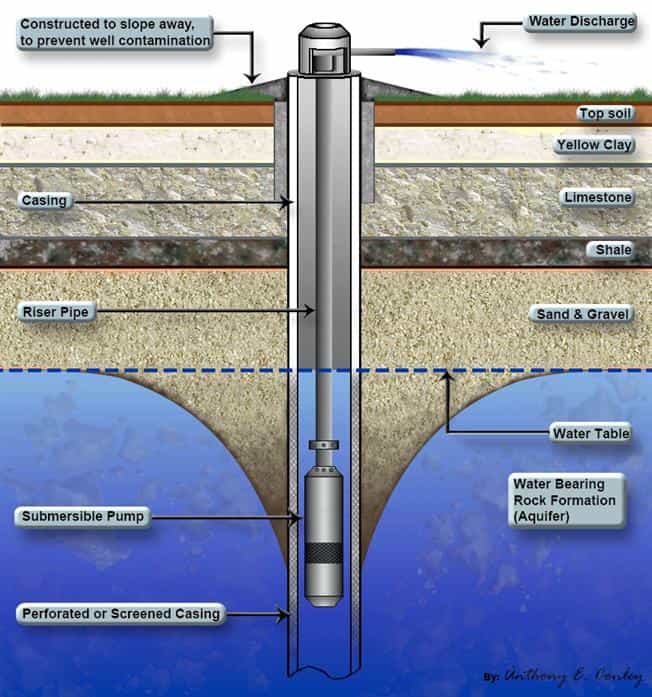
The Basic Components for Calculating Borehole Installation Cost:
1. Siting the borehole location – It’s basically locating the best spot to drill a borehole that will have the best performance and water quality at the lowest cost possible.
2. Mobilisation and Demobilisation – Machinery, equipment and materials need to get to the site to be set up. This is the cost for moving the borehole drilling machinery and equipment to and from the site.
3. Borehole drilling cost per meter – Like explained above, every borehole will have a different depth depending on all the factors. The actual borehole drilling costs are usually calculated at a per meter cost. So the depth and type of ground will play the biggest role in getting a cost per meter.
4. Construction Material Costs – After the borehole has been drilled, the casing and completion tasks needs to be implemented. This cost can include materials like a solid casing, screen, gravel pack, sanitary seal and a well head.
5. Performance and Quality testing – The next step is well development, pump test and borehole water quality. That will determine the performance of the borehole (how much water is available) and the quality of the water.
6. Platform and Pump – Once everything has been finished, the borehole needs a platform and pump installed for it to be used. It depends on what the use is for the borehole to decide whether it will be hand pump or electrical pump.
This is the basic factors, processes and components that need to be included when calculating the costs of drilling borehole.
Now you have an idea what exactly it takes to figure out the cost of a borehole.
You can also take a look at our other articles.

Water Borehole Rehabilitation: What You Need To Know
There are a number of potential causes for reduced yield from a domestic or commercial water borehole. These may include, but are not limited to:
- Mechanical Blockage: mechanical blockage occurs when small soil particles or by-products from the well-wall build up and cause blockages or reduced flow.
- Chemical Encrustation: essentially the chemical version of a mechanical blockage, chemical encrustation occurs when chemical deposits build up on the well screen or gravel pack and restrict the flow of water.
- Bacteriological Plugging: Bacteria and other micro-organisms can also clog a borehole.
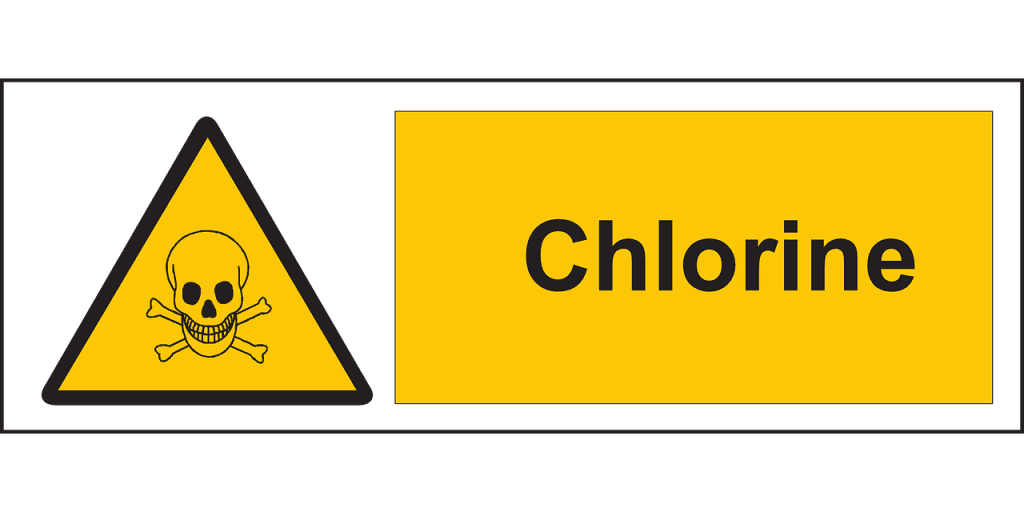
How Borehole Rehabilitation Is Being Done?
While the steps that need to be taken in order to rehabilitate a borehole will vary depending on the nature of the cause for the blockage or reduced flow, the following steps constitute a brief overview of the traditional steps borehole rehabilitation could or would necessitate:
1 – A survey of the borehole will be undertaken first – the surveyor may ask you questions such as:
- What was the initial depth of the borehole?
- What the original yield was like compared to the current, reduced yield?
- What is the diameter of the borehole?
The surveyor may also test the pH level of the water and perform other such assessments as indicated in order to diagnose the cause of reduced flow.
2 – The pumping mechanism and/or other removable parts will be cleaned with a chlorine solution.
3 – The borehole will be drained of all water and will be thoroughly cleaned of all sediment and debris.
4 – Any damage to the inside of the borehole will be repaired. If the damage is too extensive, the borehole may be re-lined as opposed to simply repaired/patched.
5 – The well itself will now be cleaned with chlorinated water.
6 – Should the borehole/well require chemical cleaning it will take place at this juncture. If the well needs to be chemically cleaned the process could take anywhere from 1 to 3 days and will mean the well needs to be dewatered thereafter in order to remove the chemicals and chemical residue.
7 – The well/borehole will be disinfected. Chlorination is the most common method of disinfection undertaken.
8 – Post chlorination the well/borehole will need to be dewatered. The water will be tested until chlorine levels are back below 0.5mg per litre.
9 – The well/borehole will be resealed.
Deciding to install a domestic water borehole is a big decision, with some obvious financial implications; and this can put a lot of people off.
Rest assured, your domestic (or even commercial) water borehole will pay for itself in no time, especially considering the ever-increasing municipal water tariffs.
If you want a green lawn, a clean car, or a lean municipal water bill; perhaps it is time to start seriously considering a domestic water borehole?
If the above has left you with questions, feel free to give us a shout, or call us up and take the first steps to installing your very own domestic water borehole today!

The Wild, Wet, Wonderland That Is Water Resources
Water is the essence of life. We’re made of it, we bathe in it, we cook with it, we drink it, we travel on it; it is the permeable expanse that connects us all.
All these types of water represent what we can call ‘Water Resources’. We have a number of different kinds of Water Resources on our planet; allow us to tell you just a little bit more about this life-giving liquid, its forms, and their uses:
There are 5 primary sources of freshwater on earth
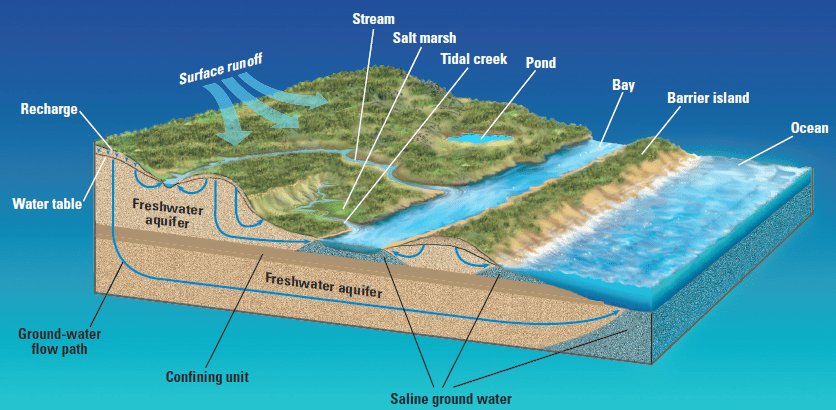
Surface water
This may include natural surface water formations such as lakes, ponds, and rivers, and can also include surface water sources that have been subject to human intervention such as dams.
Natural surface water formations are usually used for sports and leisure activities while man-made dams and above-ground reservoirs account for the water most of us have access to at home when we open a tap.
Under river flow
Basically, the water you see flowing above ground that you’d call a ‘river’ often represents only a small percentage of the water that is actually moving downstream.
This is because water is also coursing downward among rocks and often beneath the silt and rock bed that you cannot see from the riverbank.
This unseen flow may often account for the vast majority of the total volume of water in a river.
Groundwater
Groundwater is unseen water that is held in natural reservoir-type formations in the rock and soil below ground.
This is the water that you are accessing if you have a borehole on your property or are making use of borehole water. Groundwater sources have their own natural water cycle of seepage (often to oceans) and becoming replenished by fresh water seepage.
That is not to say that groundwater sources cannot become depleted.
Frozen Water
It has long been suggested that melting glaciers and other large bodies of ice could be a viable water source.
To date, however, this has only been tested on a small-scale and strictly for research purposes.
The glacial run-off is considered surface water.
Desalination
Desalination refers to artificial processes through which salt water (usually seawater) is processed in order to make it viable for human consumption and use; converting salt water into fresh water.
The most popular methods of desalination are reverse osmosis and distillation.
Desalinated water is expensive when compared to the cost of other water resources and is only really used extensively in the Persian Gulf.
This is because it is only economically practical for high-end (such as household) uses in extremely arid areas.
Here is a great video explanation of our water resources
(Source – NASA Goddard)
Now that we’ve gotten that out of the way, let’s take a look at groundwater specifically.
You can also take a look at our other articles.
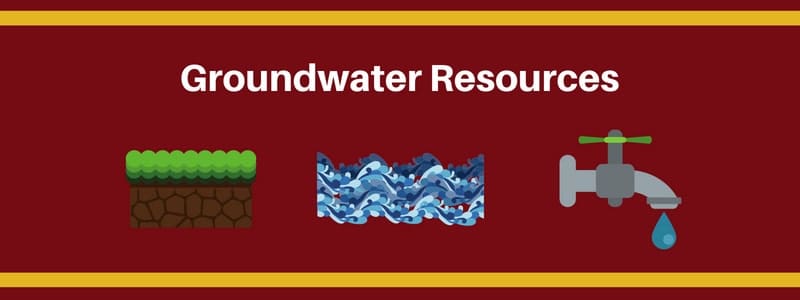
Where Does Groundwater Come From?
When you were in primary school you probably covered the water cycle in Natural Science class; you know, condensation, precipitation, all of those?
What this basic water cycle probably left out was groundwater; and groundwater is actually an integral part of the water cycle.
What is groundwater?
Groundwater is water that is underground that can, when found in large enough quantities, be tapped into by something like a well, or a borehole, in order to extract the water from the underground source in order to use it.
Where does groundwater fit into the water cycle?
When we experience precipitation (in any and all forms including snow, sleet, hail and rain) some of that water ends up getting soaked into the ground.
Now of some of the water that gets absorbed by the ground gets sucked up and used by plants and the like, but the rest is driven further and further down by gravity.
The water is pushed down until it reaches a depth where the ground is saturated with water.
This is called the saturation zone, and the top of the saturation zone is called the water table.

The water table may be relatively close to the earth’s surface, or it may be hundreds of meters below the surface of the earth.
If the water table is near enough the surface, the saturation zone can be reached by means of wells and/or boreholes, and the water used.
However, although groundwater exists almost everywhere, it is not always in quantities that make it possible to extract water by implementing a borehole or a well. For a borehole or a well to be sunk, you really need to have found an aquifer.
What is an aquifer?
An aquifer is a kind of saturation zone where the underground formation is of permeable rock, in other words, an underground rock formation which may contain, or serve to transmit, groundwater.
Aquifers can also vary in size, from smaller aquifers that may be tapped into to provide water for a household, to massive aquifers which can be tapped to provide irrigation water to multiple farms at a time.
What is the environmental impact of tapping into an aquifer?
The environmental impact of sinking a borehole or using a well to tap into an aquifer will vary greatly depending on the rate at which you intend to use water from the groundwater source.
Misuse of groundwater resources may, however, lead to environmental devastation as plants whose root systems tap into the groundwater source begin to die, or animals that drink from the groundwater source where it appears as a natural spring begin to lose access to fresh drinking water.
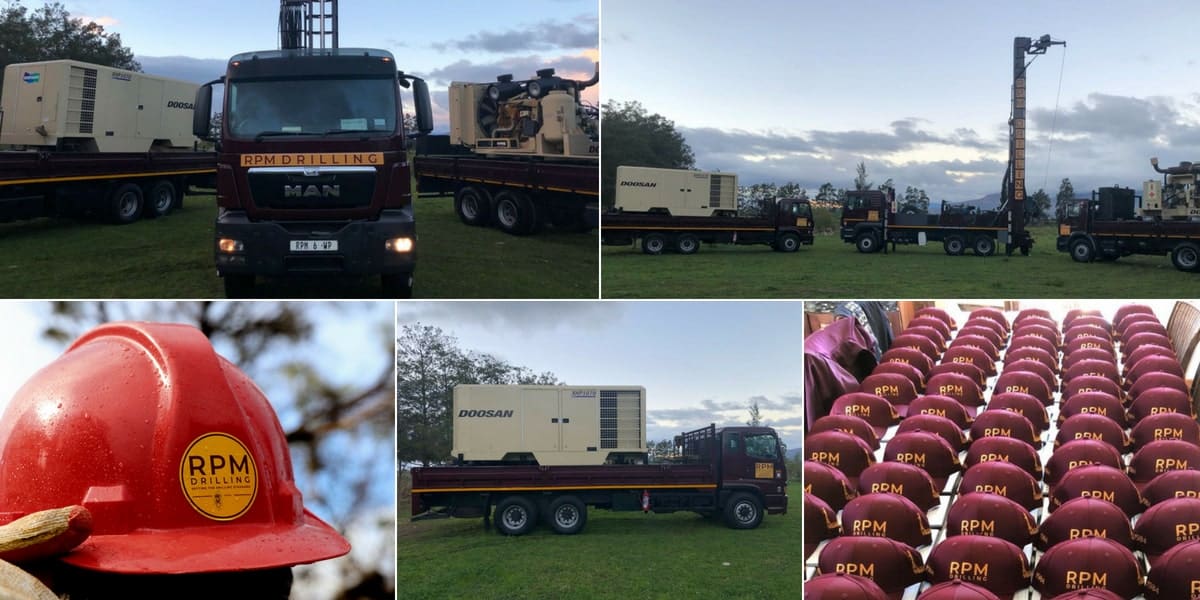
Further Reading
The Borehole Water Association of Southern Africa
Well Development & Rehabilitation – SSWM
Water supply and sanitation in South Africa – Wikipedia
Water Situation in South Africa – Waterwise
